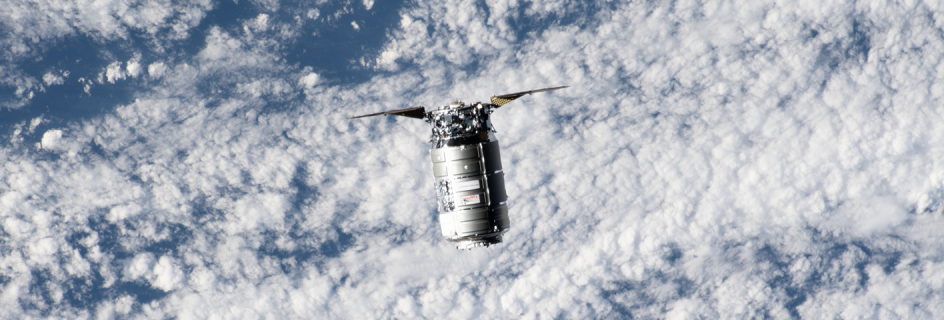Post date:
As the scientific coordinator of a team funded by the European Space Agency (ESA), Jomaas is currently working closely with NASA on experiments to help protect astronauts from the risks associated with fire on board spacecraft.
The experimental series – known as SAFFIRE (Spacecraft Fire Safety Experiments) – currently has a total of eight flight experiments planned, with three already carried out. The current experiment, SAFFIRE IV, is the latest to be funded by NASA based on previous successful experiments.
The experiments will allow researchers to safely examine the process of combustion, smoke behaviour and flame-spread in the microgravity environment, in other words, to see how flames spread, and how materials catch fire and burn, in outer space.
During the experiments, which are controlled remotely from Earth, different material samples are ignited while the burning process is monitored using sophisticated diagnostic methods. The results of the experiments will enable improvements in spacecraft safety and fire emergency protocols for astronauts, particularly when crew members are unable to exit their spacecraft or return quickly to Earth.
The experiments are taking place on the Cygnus Resupply Vehicle spacecraft which is in a free-flying state in outer space after it left Earth in mid-February. The remote location of the experiments – and the fact that the Cygnus will be destroyed when it re-enters Earth’s atmosphere on 29 May 2020 – means that all the data from the experiments must be continuously ‘downlinked’, or transferred to a ground station, from orbit.
While the experiments are usually controlled remotely from NASA mission control centres, the COVID-19 pandemic has forced researchers to operate them from their own homes, with direct access to the downlinked data.
Professor Jomaas explained “These days, we are following progress of experiments on board the Cygnus NG-13 robotic resupply spacecraft through virtually non-stop teleconferences, where the team discuss operations and data as it becomes available.”
The experiments represent the culmination of close to ten years of collaborative work and thinking by, among others, Professor Jomaas, the project originator’s David Urban, and Gary Ruff, after the three met with other scientists and specialists at the ESA’s European Space Research and Technology Centre (ESTEC) in the Netherlands.



